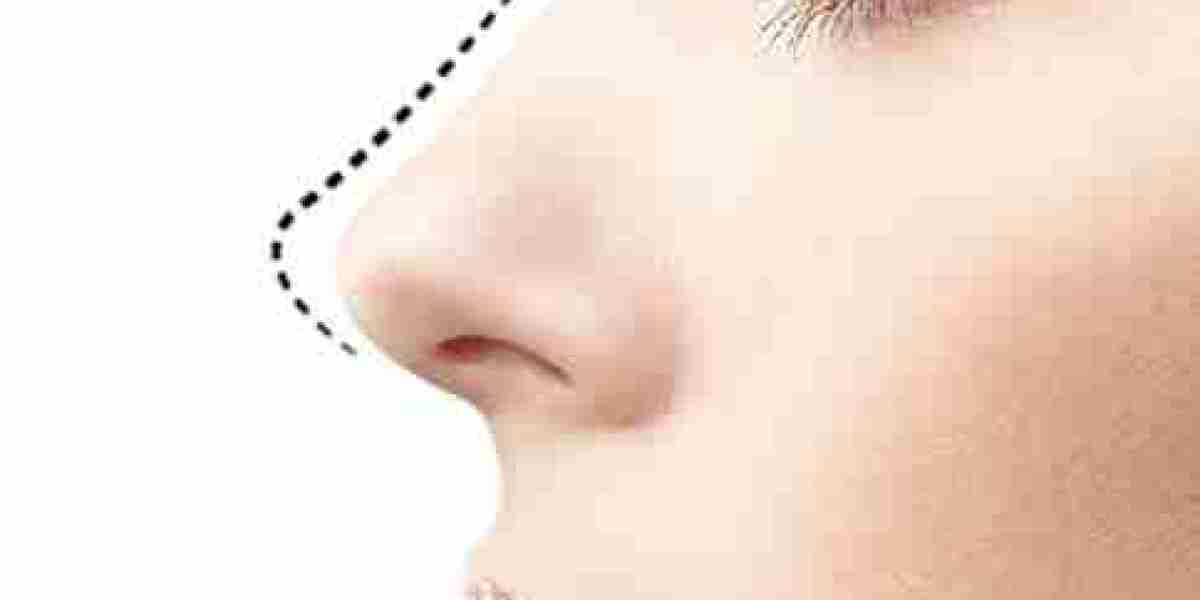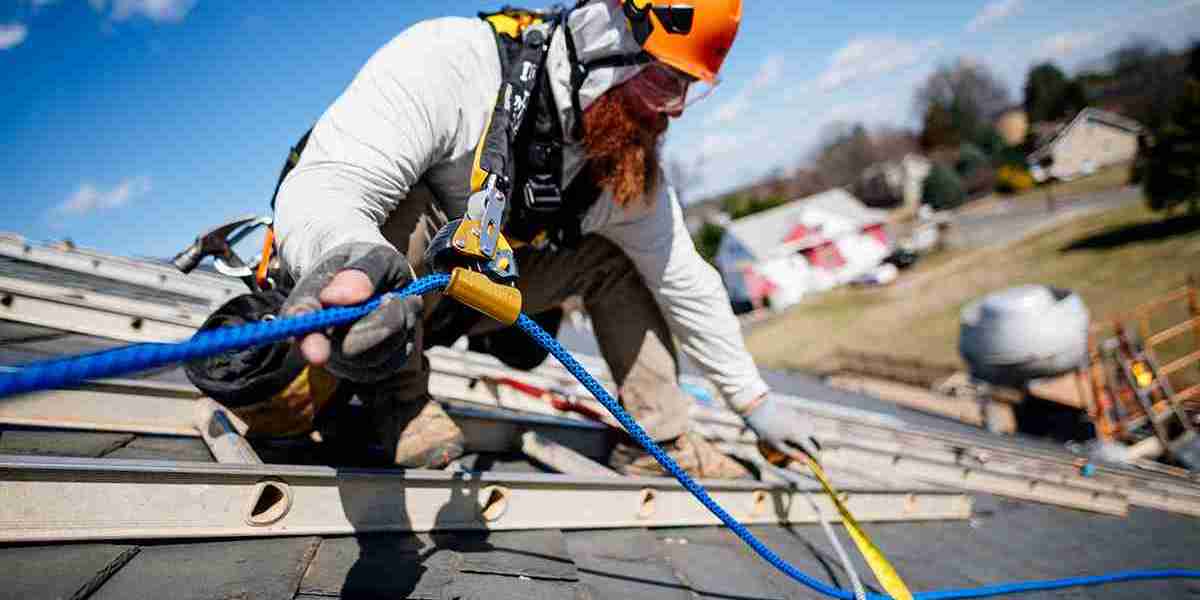When considering rhinoplasty in Dubai, one of the most important decisions involves choosing between two main surgical techniques: open Rhinoplasty (تجميل الأنف )and closed rhinoplasty. Both approaches aim to reshape the nose for either cosmetic or functional reasons, but they differ in how the procedure is performed, the recovery time, and the final results. Understanding the difference between these two options can help you make an informed choice that aligns with your goals.
What Is Rhinoplasty?
Rhinoplasty, commonly referred to as a nose job, is a surgical procedure designed to reshape or resize the nose. It can address a variety of concerns such as a hump on the bridge, a drooping tip, nasal asymmetry, or breathing difficulties. In Dubai, rhinoplasty is increasingly popular due to advancements in technique and a focus on achieving natural-looking results.
Understanding Open Rhinoplasty:
How It Works?
Open rhinoplasty involves a small incision made on the columella, the tissue that separates the nostrils at the base of the nose. This incision allows the skin to be lifted, providing full access to the underlying nasal structure. The surgeon can then precisely reshape the bone and cartilage to achieve the desired outcome.
Benefits:
Better visibility and control for complex corrections
Ideal for revision surgeries or severe deformities
More predictable and detailed outcomes for structural reshaping
Considerations:
Slightly longer recovery due to the external incision
Minimal scarring, usually well hidden once healed
Swelling may take longer to subside compared to the closed technique
Understanding Closed Rhinoplasty:
How It Works?
Closed rhinoplasty involves incisions made entirely inside the nostrils. There is no visible external scar, and the skin remains intact over the nasal structure during the procedure. This approach is typically suitable for individuals who require less extensive reshaping.
Benefits:
No external scars
Shorter recovery time and reduced swelling
Less invasive with a quicker return to normal activities
Considerations:
Limited visibility of nasal structures
Less suitable for complex revisions or significant reshaping
May not offer the same level of precision for structural issues
Which Option Is Right for You?
Cosmetic Goals:
If your goal is minor cosmetic enhancement—such as narrowing the nasal tip or smoothing a small bump—closed rhinoplasty may be sufficient. However, for more dramatic changes or asymmetry correction, open rhinoplasty offers greater surgical control.
Functional Corrections:
If you're undergoing rhinoplasty for medical reasons like correcting a deviated septum or improving breathing, the technique will depend on the internal structure of your nose. Often, functional procedures can be done using either approach, but complex cases may benefit from the open method.
First-Time vs. Revision Surgery:
Open rhinoplasty is often preferred for revision procedures where previous surgeries may have altered the nasal framework. The increased visibility helps in addressing complications or achieving more refined corrections.
Recovery Time and Results:
Open Rhinoplasty Recovery:
Initial swelling and bruising: 2 to 3 weeks
Final results: Up to 12 months as swelling gradually resolves
Mild scarring on the columella fades with time
Closed Rhinoplasty Recovery:
Initial swelling: 1 to 2 weeks
Final results: Typically visible sooner than open technique
No visible scars
Regardless of the method, patients in Dubai are advised to avoid strenuous activity for several weeks and to follow aftercare guidelines closely.
Frequently Asked Questions:
Will I have a visible scar with open rhinoplasty?
Yes, but it’s usually a small, well-hidden scar on the underside of the nose that fades over time.
Is closed rhinoplasty less effective?
Not necessarily. It's ideal for specific cases. The technique is less invasive but may not be suitable for complex reshaping.
Can I switch techniques during the surgery?
Surgeons usually plan the approach ahead of time based on your goals and anatomy. Switching mid-surgery is uncommon and depends on necessity.
How do I know which technique is better for me?
A comprehensive consultation and nasal examination help determine which method aligns with your aesthetic and functional needs.
Is recovery easier with closed rhinoplasty?
In general, yes. Less swelling and no external incisions contribute to a faster recovery period.
Conclusion:
Choosing between open and closed Rhinoplasty in Dubai (تجميل الأنف في دبي )comes down to your specific needs, nasal anatomy, and desired results. Each technique offers unique advantages and potential limitations. While closed rhinoplasty may appeal to those seeking a quicker recovery and less invasive procedure, open rhinoplasty remains the gold standard for complex or detailed reshaping.
Understanding your options thoroughly ensures you can take the next step confidently and achieve the results that align with your goals. Whether you prioritize aesthetics, function, or both, a personalized approach is key to a successful rhinoplasty experience.




